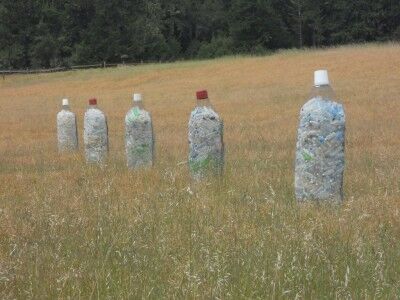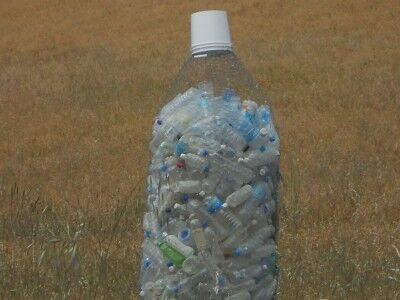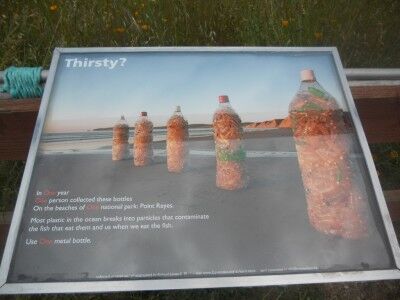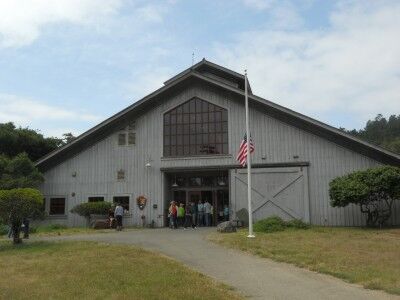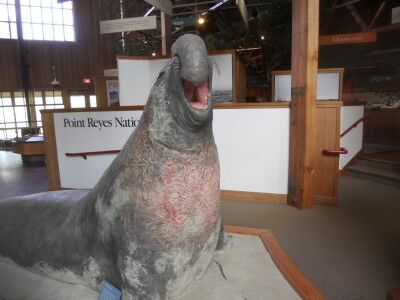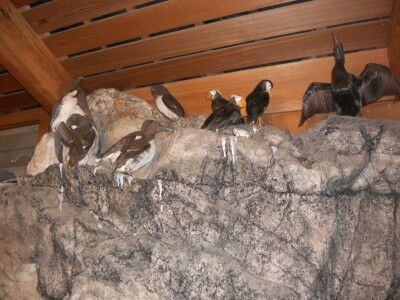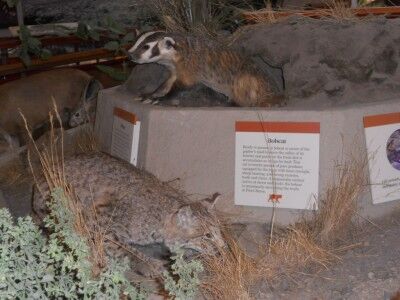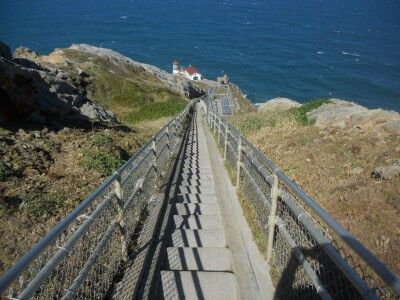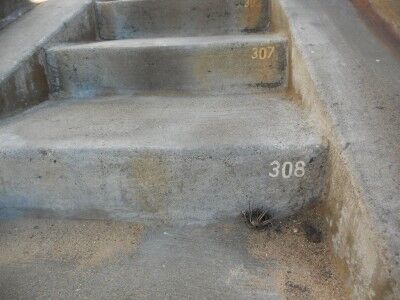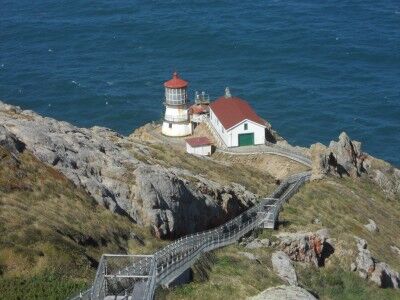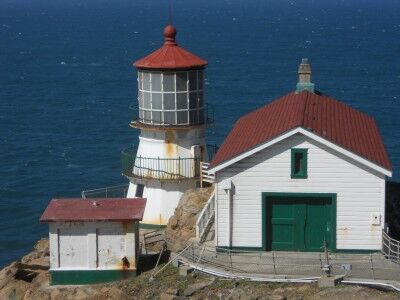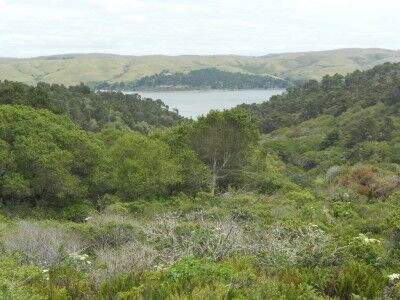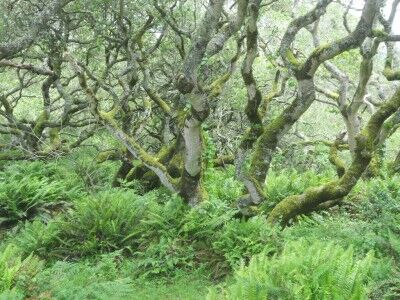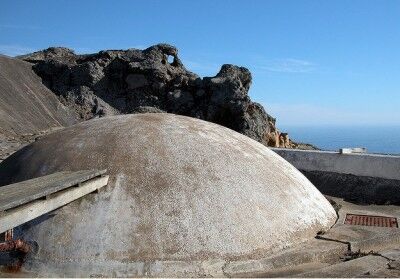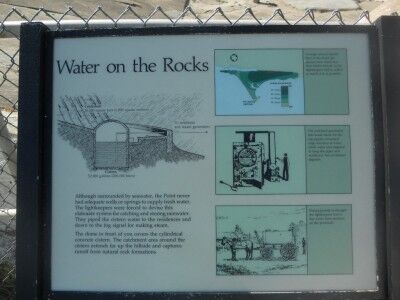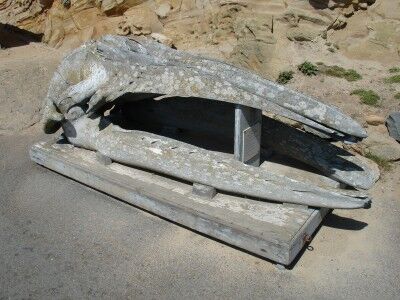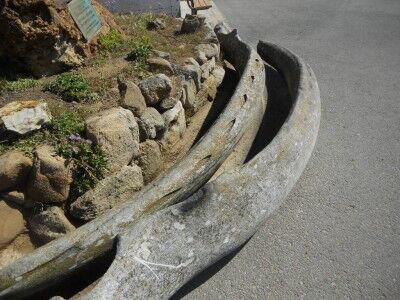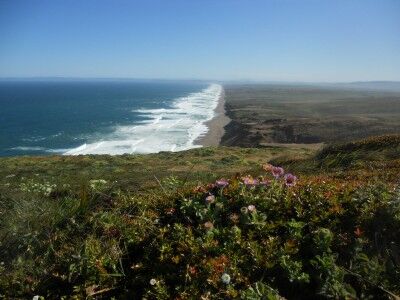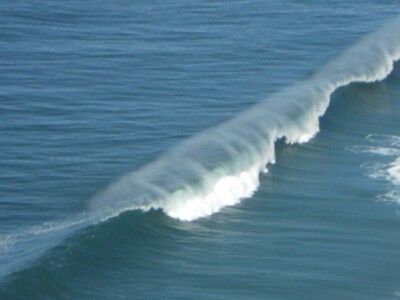When visiting Point Reyes national seashore, the first thing that comes to mind is usually not waterfalls. For this reason, a lot of people miss the wonderful Alamere Falls which flows year round and falls directly onto the beach. One of the reasons it’s not well-known to most visitors is that it takes quite a hike to get there. You’re either going to have to walk 16 miles round trip from a trailhead near the visitors center, or 8.5 miles round trip if you drive to the Palomarin trailhead. Either way, it means a substantial hike which keeps the vast majority of people who visit the park from ever going there.
These photos were taken in Mid November 2013 during a year with far below normal rainfall, taking the trail that begins at Palomarin (a warning on taking this shorter route — the last 4/10 of a mile to the waterfall is on a “unmaintained trail” — while there is not an issue walking the trail, there is quite a bit of poison oak and you’ll want to have long pants and sleeves when walking this portion to avoid it)
The first part of the falls you’ll see is the upper falls:
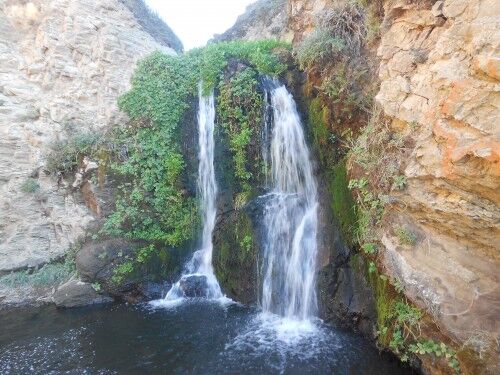
Just below you come to a small middle falls:
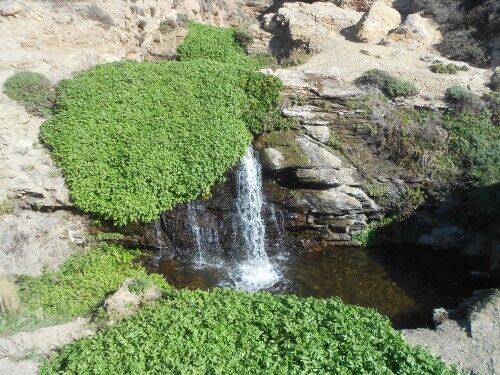
From this vantage point you can see where the river flows over the edge creating the lower (and main) falls with the ocean in the background:
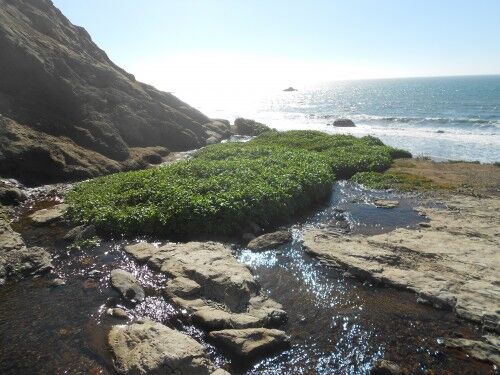
You aren’t able to actually see the lower falls from up here. In order to get there, you have to descend a rather steep unofficial trail with a lot of loose rocks. If you’re a strong hiker and have good balance, you shouldn’t have too much trouble doing it, but it helps to have a partner to help make it up and down some of the steeper areas. If you get nervous or don’t have good balance, it might be difficult to make it down to the beach. It’s not recommended for small children. Once you get down, however, you’re met with this:
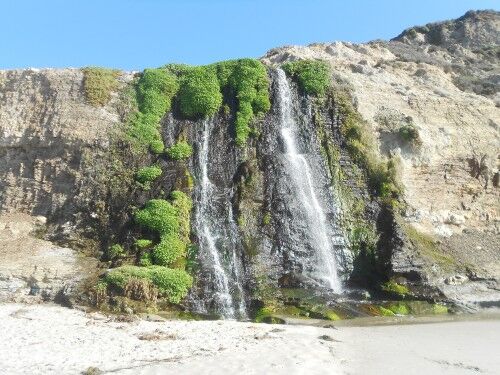
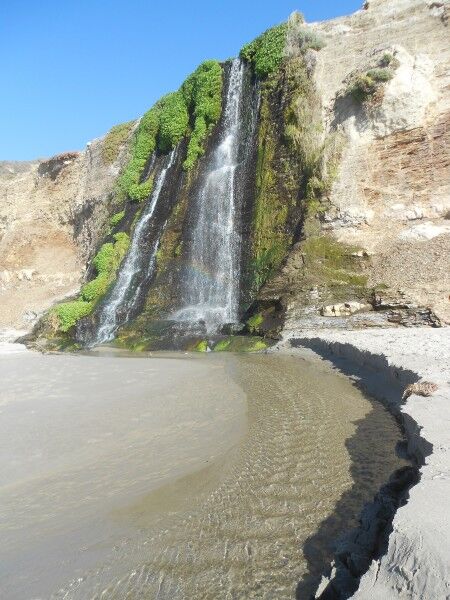
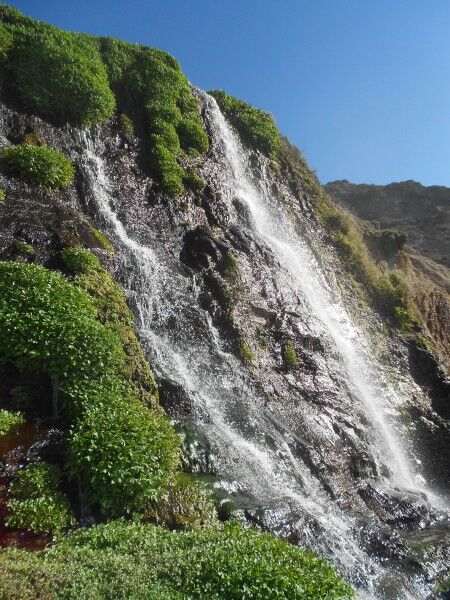
You can even get up right up next to it:
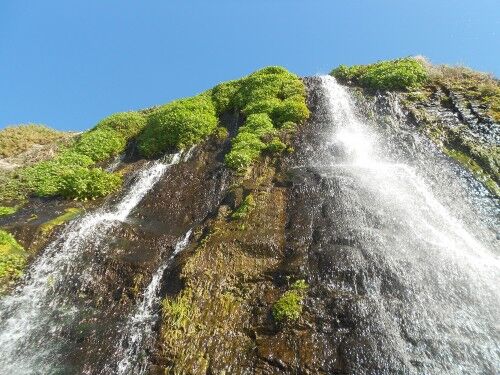
And if the sun is out, you’ll see numerous rainbows within the falling water:
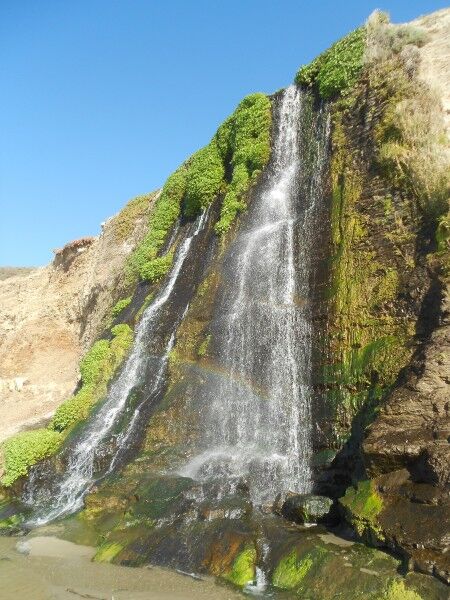
Since it’s pretty spectacular when there has been little rain and it has a low flow, I can only imagine what it’s like after a rainfall or a wet year.

